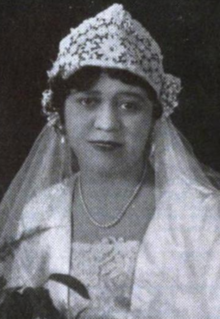Early life
Du Bois was born on October 21, 1900, in Great Barrington, Massachusetts, [3] her father's hometown, to William Edward Burghardt and Nina (née Gomer) Du Bois. [4] They had arrived there from Atlanta, Georgia, shortly after the death of their infant son Burghardt from diphtheria in 1899. [3] When Yolande was growing up, she did not have a close relationship with her father. He was often away for his career, or living in a different city altogether for academic research and assignments. [5] Yolande was often ill. A family physician diagnosed the girl as having "inadequate levels of lime" when she had poor health. Some biographers thought that Yolande faked these illnesses to gain her father's attention. [5] As a child, Yolande was defiant toward her parents. She was aggressive and passionate. Her father described their relationship as one in which she held the power. To gain some control, her parents sent her to Bedales, a British boarding school. [6] While dealing with racial discrimination, she graduated from Brooklyn's Girls' High School. [5]
Du Bois began attending Fisk University in 1920. In her sophomore year, she fell ill and spent the entire month of February in the hospital due to serious inflammation of the gums. [5] While in college, Yolande was in a loving romance with jazz musician Jimmie Lunceford. However, her father believed he was an unsuitable match. Defying her parents' wishes, she continued to see Lunceford for some time. The relationship ended when she conceded to her father's wish that she marry poet Countee Cullen, who had received early acclaim in his career. [6]
She graduated from Fisk and started teaching in Baltimore, Maryland at a public high school.

William Edward Burghardt Du Bois was an American sociologist, socialist, historian, and Pan-Africanist civil rights activist.

Countee Cullen was an American poet, novelist, children's writer, and playwright, particularly well known during the Harlem Renaissance.

Aaron Douglas was an American painter, illustrator, and visual arts educator. He was a major figure in the Harlem Renaissance. He developed his art career painting murals and creating illustrations that addressed social issues around race and segregation in the United States by utilizing African-centric imagery. Douglas set the stage for young, African-American artists to enter the public-arts realm through his involvement with the Harlem Artists Guild. In 1944, he concluded his art career by founding the Art Department at Fisk University in Nashville, Tennessee. He taught visual art classes at Fisk University until his retirement in 1966. Douglas is known as a prominent leader in modern African-American art whose work influenced artists for years to come.
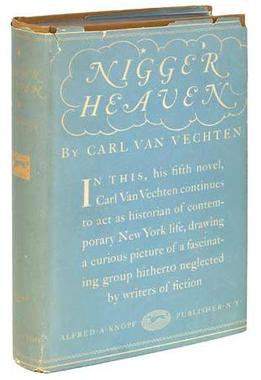
Nigger Heaven is a novel written by Carl Van Vechten, and published in October 1926. The book is set during the Harlem Renaissance in the United States in the 1920s. The book and its title have been controversial since its publication.
Dubois, DuBois, or Du Bois may refer to:
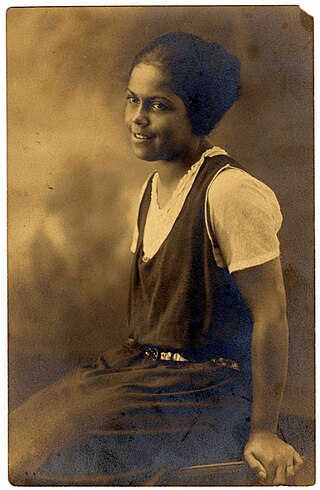
Gwendolyn B. Bennett was an American artist, writer, and journalist who contributed to Opportunity: A Journal of Negro Life, which chronicled cultural advancements during the Harlem Renaissance. Though often overlooked, she herself made considerable accomplishments in art, poetry, and prose. She is perhaps best known for her short story "Wedding Day", which was published in the magazine Fire!! and explores how gender, race, and class dynamics shape an interracial relationship. Bennett was a dedicated and self-preserving woman, respectfully known for being a strong influencer of African-American women rights during the Harlem Renaissance. Throughout her dedication and perseverance, Bennett raised the bar when it came to women's literature and education. One of her contributions to the Harlem Renaissance was her literary acclaimed short novel Poets Evening; it helped the understanding within the African-American communities, resulting in many African Americans coming to terms with identifying and accepting themselves.
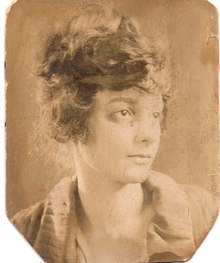
Regina M. Anderson was an American playwright and librarian. Influenced by Ida B. Wells and the lack of Black history teachings in school, Anderson became a key member of the Harlem Renaissance.

Fire!! was an African-American literary magazine published in New York City in 1926 during the Harlem Renaissance. The publication was started by Wallace Thurman, Zora Neale Hurston, Aaron Douglas, John P. Davis, Richard Bruce Nugent, Gwendolyn Bennett, Lewis Grandison Alexander, Countee Cullen, and Langston Hughes. The magazine's title referred to burning up old ideas, and Fire!! challenged the norms of the older Black generation while featuring younger authors. The publishers promoted a realistic style, with vernacular language and controversial topics such as homosexuality and prostitution. Many readers were offended, and some Black leaders denounced the magazine. The endeavor was plagued by debt, and its quarters burned down, ending the magazine after just one issue.

The Harlem Renaissance was an intellectual and cultural revival of African-American music, dance, art, fashion, literature, theater, politics and scholarship centered in Harlem, Manhattan, New York City, spanning the 1920s and 1930s. At the time, it was known as the "New Negro Movement", named after The New Negro, a 1925 anthology edited by Alain Locke. The movement also included the new African-American cultural expressions across the urban areas in the Northeast and Midwest United States affected by a renewed militancy in the general struggle for civil rights, combined with the Great Migration of African-American workers fleeing the racist conditions of the Jim Crow Deep South, as Harlem was the final destination of the largest number of those who migrated north.

The W.E.B. Du Bois Boyhood Homesite is a National Historic Landmark in Great Barrington, Massachusetts, commemorating an important location in the life of African American intellectual and civil rights activist W.E.B. Du Bois (1868–1963). The site contains foundational remnants of the home of Du Bois' grandfather, where Du Bois lived for the first five years of his life. Du Bois was given the house in 1928, and planned to renovate it, but was unable to do so. He sold it in 1954 and the house was torn down later that decade.

Kevin Brown is an American biographer, essayist, translator, and author. Born in Kansas City, Missouri, Brown developed an interest in writing after completing high school in 1977. While pursuing his studies at Columbia University and City University of New York, he wrote literature reviews and essays for Threepenny Review.
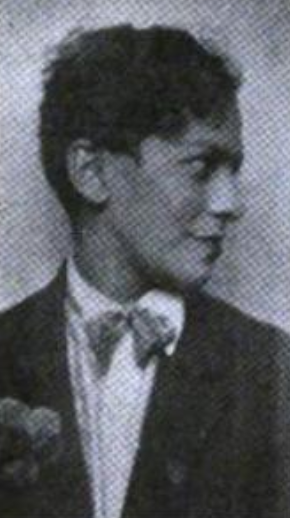
Mae VirginiaCowdery was an African-American poet based in Philadelphia, Pennsylvania. She is considered part of the wide-ranging artistic efforts inspired by the Harlem Renaissance in New York City.

Clarissa Scott Delany, neeClarissa Mae Scott (1901–1927) was an African-American poet, essayist, educator and social worker associated with the Harlem Renaissance.

Ariel Williams Holloway was an African-American poet of the Harlem Renaissance.
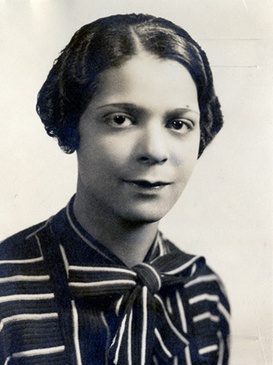
Mabel J. Byrd was a civil rights activist and the first African American to enroll at the University of Oregon. In 1988, Byrd died at age 92 in St. Louis, Missouri. Byrd requested that money be donated to a scholarship fund in lieu of a memorial service.
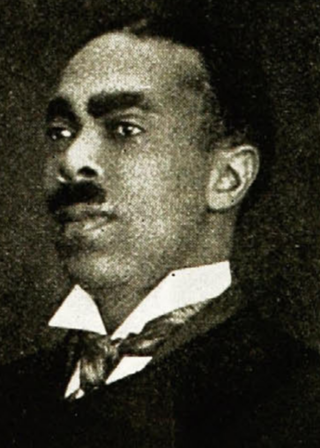
Frederick Asbury (F.A.) Cullen was an American Methodist minister, community and civil rights activist, based in Harlem, New York City. He supported legal and social protests, and was influential in working with the youth of his community.

Harold Jackman was a British-born teacher, model, and patron of the arts with emphasis on African American art and literature. Raised in Harlem, Jackman was known for his involvement in the Harlem Renaissance and his dedication to preserving African American cultural artifacts. He founded the Countee Cullen Memorial Collection at Atlanta University and contributed to the James Weldon Johnson Collection of Yale University, the Literary Collection of Fisk University, and to the Schomburg Collection at the Harlem branch of the New York Public Library. Along with Regina M. Anderson and Dorothy Randolph Peterson, he was also a co-founder of the Harlem Experimental Theater.
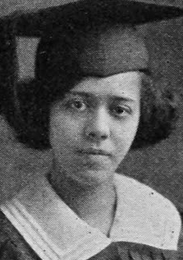
Ruth Watkins DeMond Brooks was an American educator. She taught history at Cardozo High School in Washington, D.C. for 28 years. Her father and husband were prominent ministers.
An Anthology of Verse by American Negroes is a 1924 poetry anthology compiled by Newman Ivey White and Walter Clinton Jackson. The anthology is considered one of the major anthologies of black poetry to be published during the Harlem Renaissance, and was republished in 1969. In reviews, the anthology has been positively received for the effort it made to compile poetry, but criticized for ambiguous criticism and poor selection of poems.

Nina Gomer Du Bois was an American civil rights activist, Baháʼí Faith practitioner, and homemaker. She served on the executive committee of the Women's International Circle of Peace and Foreign Relations in 1927, which was largely responsible for organizing the fourth Pan-African Congress in New York. Du Bois was the first wife of civil rights activist W.E.B. Du Bois and the mother of the educator Yolande Du Bois.
